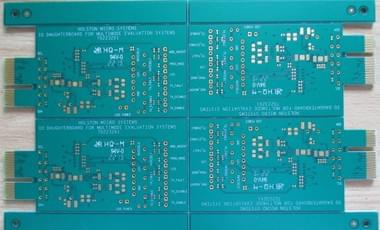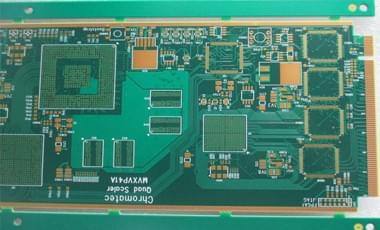The function of a Gold Finger PCB, which is the long, slender, narrow, and columnar connectors on its edge, is to allow the board to link with other boards. They serve as the connecting points that the connectors on the other board make contact.
Additionally, the board may be connected to external components through the fingers. These boards provide a connecting point for network data transfer in various situations. They serve as audio adapters as well. For example, this is used while creating smartwatches and smartphones. They resemble fingers, as their name suggests. They are composed of flash gold, the toughest type of gold. Their thickness ranges from 3 to 50 microns.

Due to the frequent connecting and disconnecting of boards, Plating Gold PCB is designed to withstand wear and strain. This explains why cobalt, nickel, and gold were combined when making the fingers. In contrast, gold makes them extremely corrosion resistant. In terms of electrical conductivity and corrosion resistance, gold comes in third place behind copper and silver. This post will describe how to create gold PCB fingers.
PCB Gold Finger Beveling: What Is It?
A square edge is reduced by beveling to create a sloping side. In Gold Fingers, edge connections are beveled after the solder mask and before the surface polish.
One of the three steps in the gold finger plating process is beveling. For ease of insertion into matching slots, connection edges in this instance are beveled at angles ranging from 30 to 45 degrees. Beveling is done to ensure that connection insertions happen rapidly. According to the client's specifications, it is frequently carried out.
For circuit boards with longer gold fingers, beveling is required. Fitting them together as a single unit is beneficial. Where edge connections are required at particular dimensions, beveling might also be helpful. The fingers must be constructed to effortlessly snap together during the leveling procedure. If not, the edge connection components might not fit together properly.

Gold Finger PCB are mostly utilized as connection points between boards. This makes data and information transfer easier. They can be employed, for instance, in commercial and industrial environments where automated production processes are utilized. Making adapters for computers where several devices must connect to the motherboard is another use.